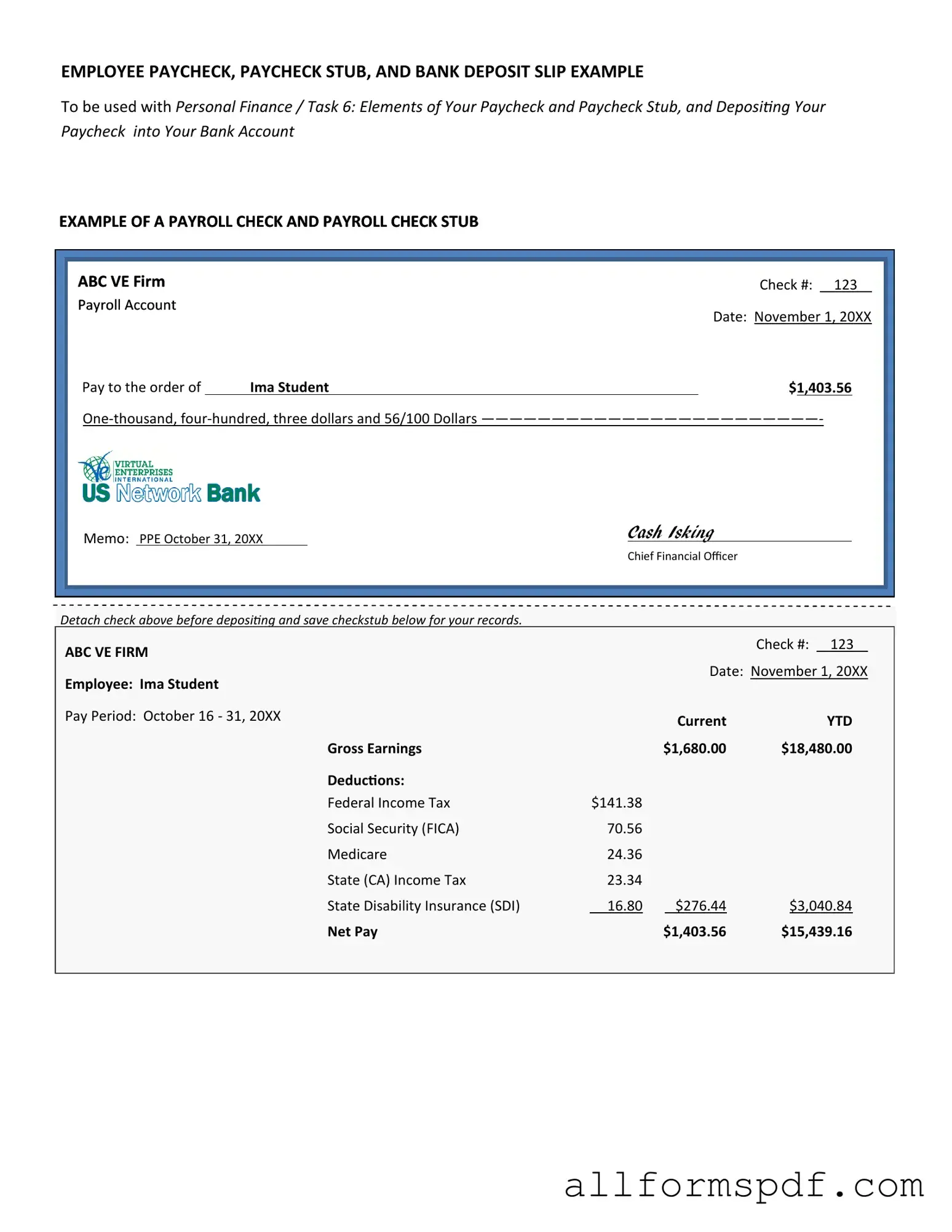Fill Out Your Payroll Check Form
The Payroll Check form is a document used by employers to distribute wages to employees. This form typically includes details such as the employee's name, the amount earned, and any deductions. Proper completion of this form ensures accurate payment and compliance with tax regulations.
Create My Payroll Check Now
